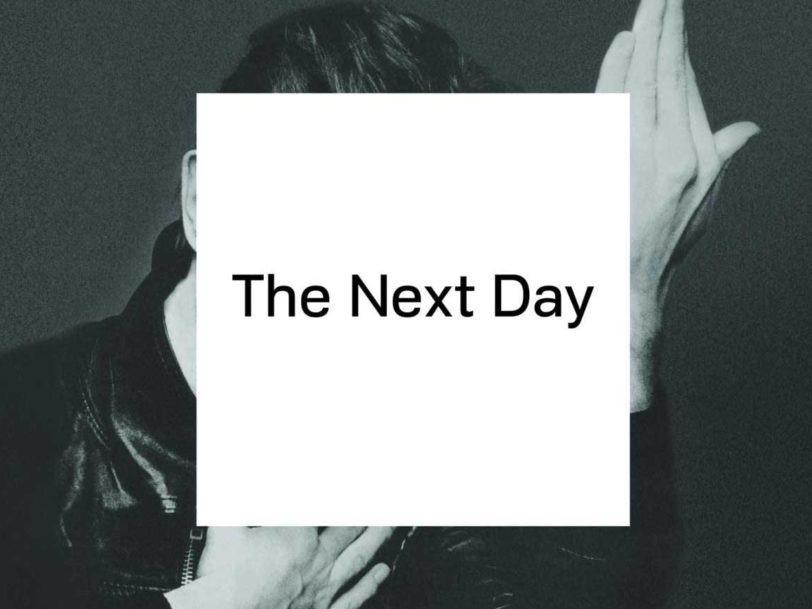David Bowie always knew how to cause a scene. At the stroke of midnight on 8 January 2013 – his 66th birthday – his YouTube channel broadcast the video for a new single, Where Are We Now?, and announced the release of new album, The Next Day. As Bowie’s first new material since 2003’s Reality, it shocked music fans and made headlines the world over.
Listen to The Next Day here.
Many had feared Bowie had gone on permanent hiatus. He’d cut short his A Reality Tour in 2004, after suffering chest pain while performing at the Hurricane Festival in Scheeßel, Germany, on 25 June. What was originally considered a pinched nerve was later diagnosed as an acutely blocked coronary artery, and an emergency angioplasty was required. The remaining 14 dates of the tour were cancelled and Bowie entered a period of convalescence.
In the years that followed, Bowie kept a low profile, embracing his status as an elder statesman of art-rock with a smattering of guest appearances, including a performance with Arcade Fire at 2005’s Fashion Rocks fundraiser and contributing backing vocals to TV On The Radio’s 2006 album, Return To Cookie Mountain. But public sightings were few and far between.
Trying on old outfits
It’s unsurprising, then, that the New York sessions for The Next Day were conducted under a veil of secrecy, with Bowie asking employees of The Magic Shop and Human Worldwide studios, where the album was recorded, to sign NDAs. Recording took place over two years, from May 2011 to February 2013, with Bowie calling upon some of his most trusted generals. Tony Visconti returned on production duties, and members of Bowie’s touring band – Sterling Campbell (drums), Gail Ann Dorsey (bass), Gerry Leonard (guitar) and Earl Slick (guitar) – formed the musical backbone of the sessions.
While he’d later pull off one last great reinvention with his final album, 2016’s Blackstar, The Next Day finds Bowie mostly trying on old musical outfits one last time on a record crammed with references to his past. A bold entry among Bowie album covers, even The Next Day’s artwork suggested he was grappling with his legacy: it subversive design, by Jonathan Barnbrook, simply placed a white square containing the new album title on top of the iconic “Heroes” sleeve, as if to suggest that Bowie was only too aware that his legacy would inform listeners’ expectations of his new work.
Time away had not mellowed him
As the album’s first single, Where Are We Now? was misleading. A distinguished and vulnerable-sounding midtempo reflection on his time living and working in Berlin in the mid-to-late 70s, the song referenced the fall of the Berlin Wall and the city’s rejuvenation, while drawing parallels with Bowie’s own career.




